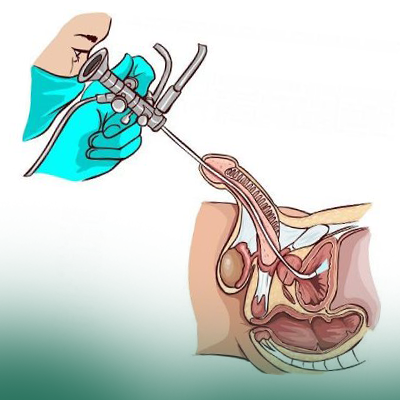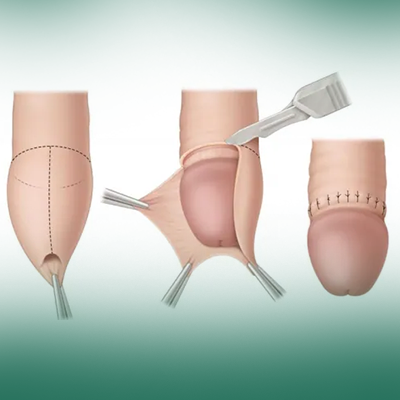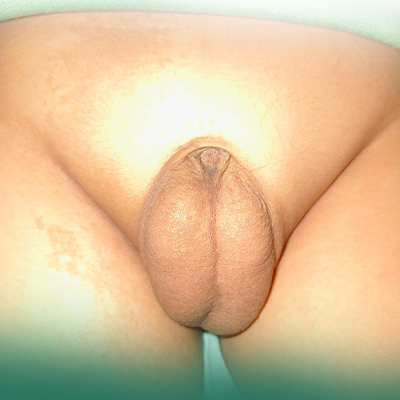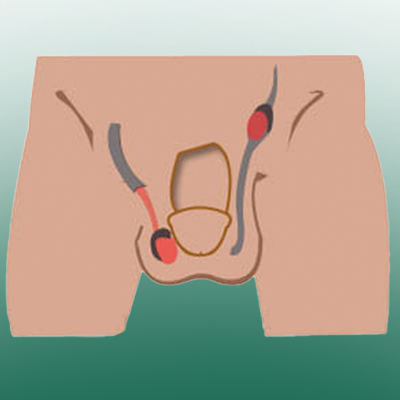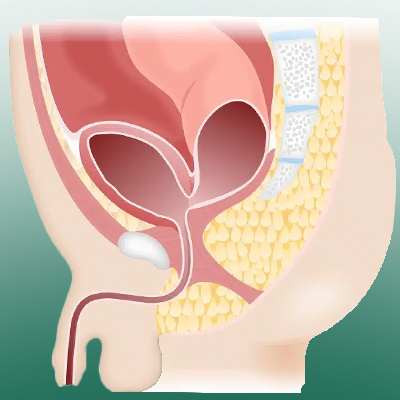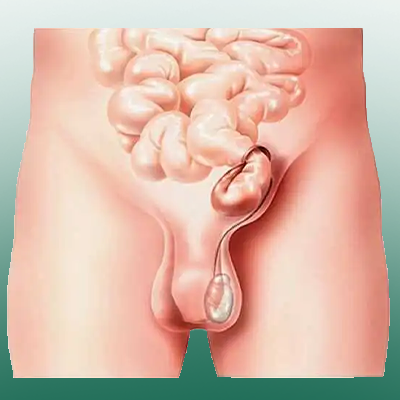Urethral defects are birth defects that affect the urethra, the tube that carries urine from the bladder to the outside of the body. These defects can occur anywhere in the urethra, from the bladder to the head of the penis.
What are the types of urethral defects?
There are several types of urethral defects, including:
- Lower urethra: This is a congenital defect of the male urethra in which the external urinary opening is located on the bottom of the male organ, rather than the tip.
- Abnormal urinary opening: This is a congenital defect of the female urethra in which the urethral opening is located in an abnormal location, such as below the vagina.
- It narrows the urethra: Makes it difficult for a child to urinate.
Why is early diagnosis and treatment important?
Urethral defects can lead to many health issues, including
- Urinary tract infections: Urine builds up in the bladder, increasing the risk of urinary tract infections.
- Difficulty urinating or urinary incontinence.
- Problems with the kidneys
Symptoms of urethral defects?
Symptoms of urethral defects vary depending on the type of defect, but may include
- Difficulty urinating
- Pain during urination
- Urinary incontinence
- Blood in the urine
- Abdominal bloating
- Pain in the lower back
Consult a doctor if you notice any of the following symptoms in your child:
- Difficulty urinating
- Pain during urination
- Urinary incontinence
- Blood in the urine
- Bloating in the abdomen
- Pain in the lower back
Treatment methods
Treatment methods depend on the type of urethral defect, and include
- Medications: Medications can be used to treat some types of urethral defects
- Surgery: Surgery may be necessary to treat some types of urethral defects, such as a lower urethra and an abnormal urinary opening.


